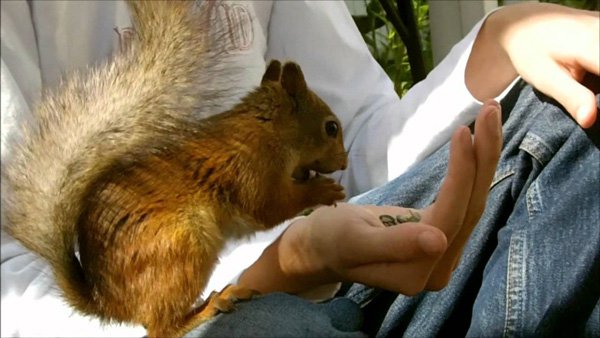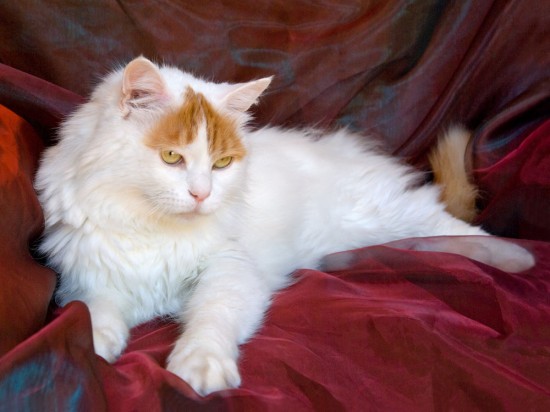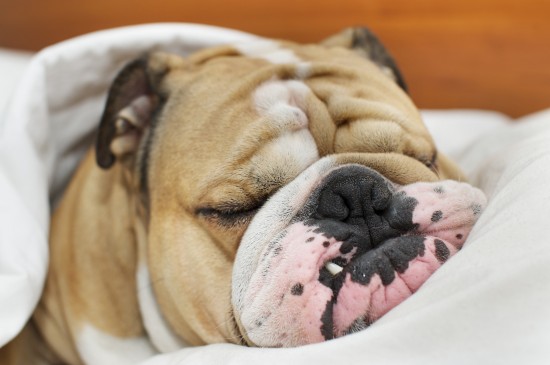
The Akita has enjoyed a rise in its popularity due to its innate abilities that make the dog perfectly suitable for guard dog work. It was originally bred in Japan for dog fights (which has long been banned) and hunting. Because of its proud stance and intelligent, independent, and loyal nature, the Akita was regarded as a royal pet by the Japanese aristocracy during the breed's early history. Currently, the breed enjoys its status as a national monument in Japan.
Akitas were first introduced to the United States in 1937 but were not popular until 1945 when American soldiers started bringing more of the breed back to the States. Helen Keller is often credited for bringing the first Akita to the US. She was said to be so taken with the story of Hachiko, a loyal Akita who waited for his master, Dr. Elisaburo Ueno, at the train station everyday and continued waiting there even after Dr. Ueno died. Japan's Ministry of Educationdecided to give Keller an Akita puppy and later sent her another one when the first puppy died.
Because of the migration of the Akita to American soil, an offshoot of the breed, known as the American Akita, was developed. Nowadays in many countries, the American Akita is seen as a distinct breed from the original Japanese Akita. However, the US and Canada consider the Japanese and American versions as just one breed. In 2005, the FCI officially changed the name of the Akita from "Great Japanese Dog" to "American Akita."
What is the difference between the Japanese and American Akita? Essentially, both lines appear to be identical in every way. However, the Japanese Akita comes in only 4 colors, namely pure white, red fawn, sesame (which is red fawn with black tips or markings), and brindle (a patchy coloring with a streak of brown or gray). For a Japanese Akita to be considered purebred, it should have triangular patches of white on the sides of its muzzle as well as on the inner part of the tail, body, neck, chest, and cheeks. (Of course, white Akitas are exempted from this standard.) Any black spots or streaks are deemed undesirable for a Japanese Akita. Unlike its Japanese counterpart, the American Akita may come in various colors and color patterns or combinations. Some American Akitas have black masks or pinto markings.
The American breed's undercoat more often than not is of a different color from the upper coat.
Apart from the differences in colors, the American and Japanese Akitas also have differences in terms of features and build. The Japanese Akita has a smaller triangular head that resembles the head of a huge fox. It also has almond eyes and ears that are set lower and carried forward. On the other hand, the American version has a larger bone structure, larger eyes, and small eyes that resemble those of a bear.
However, regardless of whether an Akita is of the Japanese or American line, you can be sure that when you get yourself an Akita, you are not just getting a highly protective and courageous animal. You are also getting a companion who will be loyal to you for a lifetime.
 Information on bull terrier puppies
Information on bull terrier puppies
Bull terri
Information on bull terrier puppies
Information on bull terrier puppies
Bull terri
 The Turkish Van - A Cat That Likes To Swim!
The Turkish Van -
The Turkish Van - A Cat That Likes To Swim!
The Turkish Van -
 Dealing With Canine Nightmares
Dealing With Cani
Dealing With Canine Nightmares
Dealing With Cani
 Most Easy Steps to Train a Dog
Most Easy Steps to Train a Dog
Most of us thin
Most Easy Steps to Train a Dog
Most Easy Steps to Train a Dog
Most of us thin
 Cucak Hijau / Murai Daun
Cucak Hijau (Chloropsis sonnerati) atau biasa j
Cucak Hijau / Murai Daun
Cucak Hijau (Chloropsis sonnerati) atau biasa j
Copyright © 2005-2016 Pet Information All Rights Reserved
Contact us: www162date@outlook.com